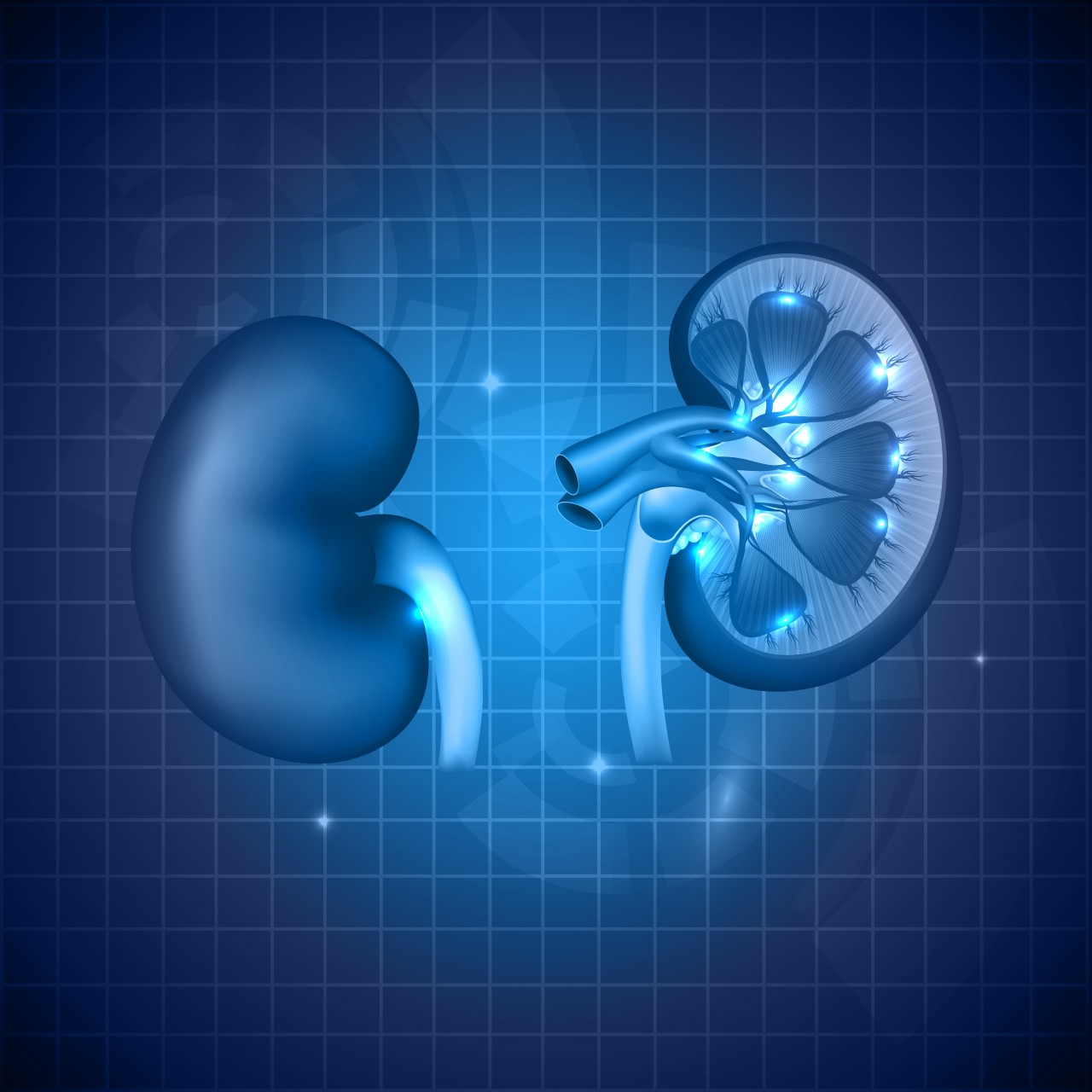A recent study evaluated the prevalence of bacteremia — the presence of bacteria in blood — in patients with chronic kidney diseases (CKD) and renal transplants, discovering that resistance in difficult-to-treat gram-negative bacteria is rising, while easier-to-treat gram positive microbes are becoming more scarce.
The findings were published in an article titled “Bacteremia: Prevalence and antimicrobial resistance profiling in chronic kidney diseases and renal transplant patients,” published in the Journal of Pakistan Medical Association.
Nearly 20 million people in the U.S. suffer from CKD, a condition where the kidneys do not function properly in removing waste from the blood. This, in turn, might induce other health problems due to deficiencies in the immune system. Specifically, patients undergoing dialysis, a procedure performed to clean the blood of impurities, become more vulnerable to infection — especially those caused by frequent utilization of urinary catheters, needles, and injections.
Some studies suggested that one in every 25 in-patients are infected from hospital-related care. As a result, the detection of bacteremia is important for proper and early antimicrobial treatment, particularly if the infection is caused by resistant bacteria or pathogens.
Unfortunately, proper surveillance of infections is lacking in many countries, particularly developing ones. In this study, researchers assessed the prevalence of bacteremia in CKD patients and examined the resistant strains, especially in severe kidney cases like dialysis and renal transplant.
The study analyzed a total of 1,400 samples, isolating those that displayed positive bacterial growth. The isolated samples were then analyzed for enzymes indicative of resistance to antibiotics.
The researchers found that only 46 (3.3 percent) of the samples showed positive growth. The enzymes indicative of antibiotic resistance were observed in 37 percent of the samples. The prevalence of resistant bacteria was found to be 15 percent for the gram negative bacteria Carbapenem resistance, and 2 percent for the gram positive bacteria Methicillin-resistant staphylococcus aureus.
“Resistance in gram-negative microbes was rising, while it was declining in gram-positive microbes,” the authors concluded. “Thus, the situation is quite worrisome for gram-negative microbes with respect to current therapeutic options. However, gram-positive microbes are under good control and are susceptible to many available antibiotics.”

